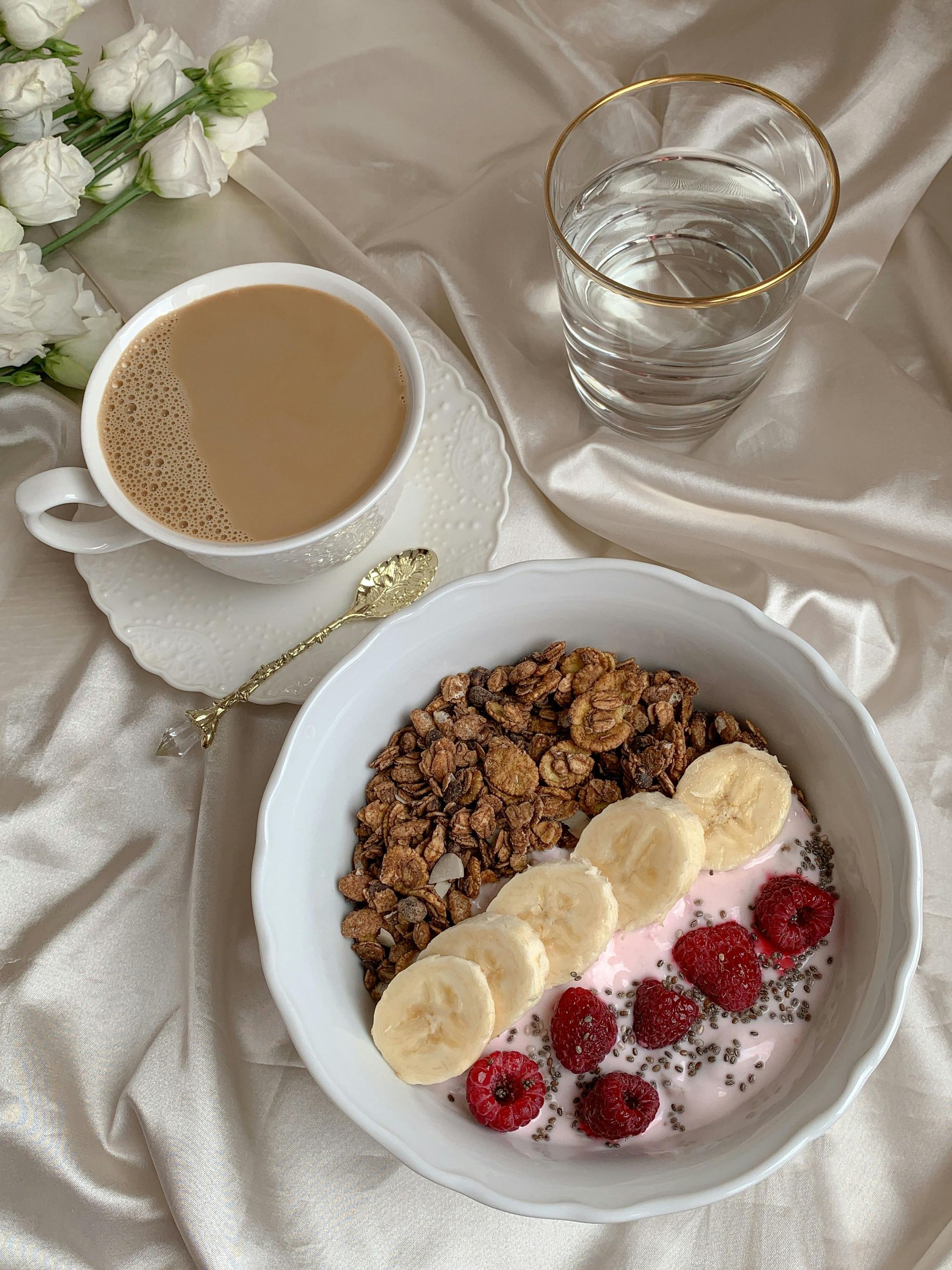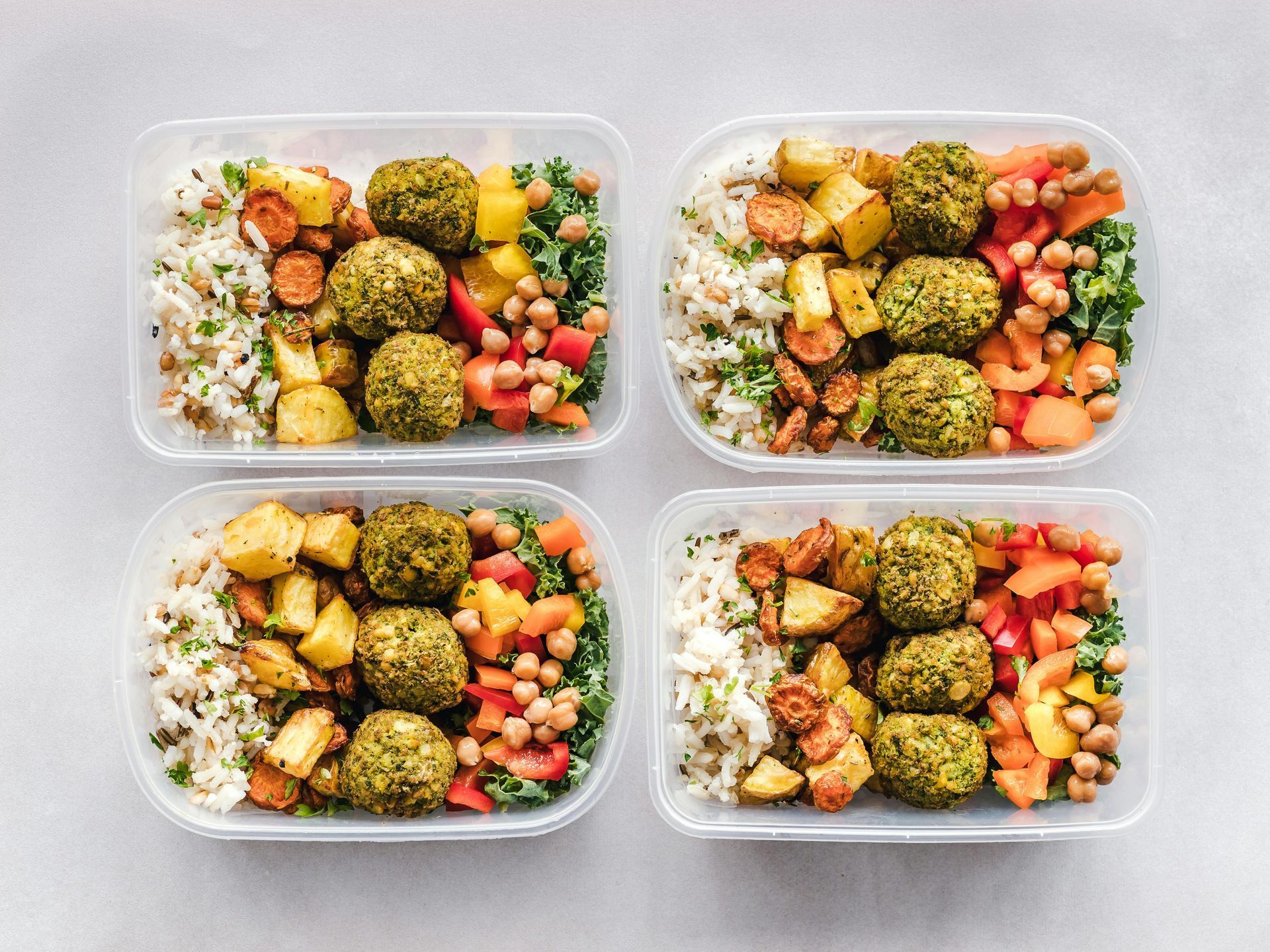One Month Meal Plan Grocery & Budget
This is a subtitle for your new post

A Month of Holistic Living: How to Budget, Meal Prep, and Eat With Intention
Picture this: it’s Sunday morning, the sun is slipping across your kitchen counter, and the week ahead feels wide open with possibility. Instead of that panicked midweek grocery run or the endless “what’s for dinner” shuffle, you already have a plan — your fridge is filled with rainbow produce in neat glass containers, your proteins are portioned and ready, and your budget is still intact.
This is the art of holistic meal planning — not about dieting or deprivation, but about eating with purpose, honoring your body, and stretching your dollar. It’s a lifestyle that blends seasonal eating, smart shopping, and creative cooking into a rhythm that feels joyful and sustainable.
Let’s break it down together, week by week, so you can step into a month of healthy, budget-conscious, and delicious eating.
Step One: Building Your Budget
Food freedom starts with clarity. Before you step foot in the grocery store, decide how much you’ll spend for the month and break that into weekly portions. For most families, $75–$100 per person per week can cover a holistic, whole-food style of eating if you plan smart.
- Proteins (40% of budget): Buy in bulk when possible — think whole chickens, family packs of ground turkey, or salmon fillets you can cut and freeze.
- Produce (35% of budget): Seasonal fruits and vegetables, always fresher and more affordable.
- Pantry & Grains (15% of budget): Rice, quinoa, oats, beans, nuts, and seeds.
- Extras (10% of budget): Oils, spices, sauces, or that artisanal sourdough loaf that makes life worth living.
Step Two: Shop With the Seasons
Eating seasonally not only keeps your meals fresh and exciting, but it also ensures you’re getting maximum nutrients while staying budget-friendly.
- Spring: Asparagus, peas, strawberries, radishes, artichokes.
- Summer: Tomatoes, zucchini, peaches, cucumbers, corn, basil.
- Fall: Squash, apples, carrots, beets, Brussels sprouts.
- Winter: Kale, sweet potatoes, citrus, cauliflower, pomegranates.
Tip: Build your weekly meals around one hero vegetable — for example, zucchini in summer can star in pasta, frittatas, grilled sides, and even muffins.
Step Three: Plan Your Meals
Think of meal planning like curating a capsule wardrobe — a few key pieces that mix and match beautifully. Here’s how to set up your week:
- Breakfasts: Overnight oats, chia pudding, or egg frittatas loaded with seasonal veggies.
- Lunches: Grain bowls with quinoa, roasted vegetables, and a protein like chicken or salmon.
- Dinners: Sheet pan meals, soups, and hearty salads.
- Snacks: Hummus with sliced cucumbers, trail mix, or apple slices with almond butter.
✨ Pro tip: Double recipes at dinner to pack leftovers for lunch — less cooking, less stress.
Step Four: Store Smart
Glass containers are a game-changer: they keep food fresher longer, make your fridge look like an Instagram dream, and save you from the avalanche of mismatched plastic lids.
- Leafy greens: Wash, spin dry, and store wrapped in a paper towel inside glass.
- Herbs: Place stems in a jar of water (like flowers), cover loosely with a bag, refrigerate.
- Chicken: Break down a whole chicken — breasts for grilling, thighs for roasting, bones for stock. Homemade stock lasts 5 days in the fridge or 3 months in the freezer.
- Beets: Roast the roots for salads, sauté the greens with garlic, and boil the skins for a mineral-rich skin tonic. Nothing wasted.
Step Five: Cook Once, Eat Twice (or Thrice)
Here’s an example of how one ingredient can carry you across multiple meals:
- Whole Roasted Chicken (Sunday Night): Dinner with roasted carrots and potatoes.
- Chicken Grain Bowls (Monday Lunch): Shredded chicken over quinoa with roasted veggies.
- Chicken Soup (Tuesday Dinner): Simmer leftover bones with onion, celery, and carrots for stock, add veggies and noodles for comfort in a bowl.
Sample Weekly Menu
Week One (Spring Focus: Asparagus & Strawberries)
- Breakfast: Asparagus & mushroom frittata
- Lunch: Quinoa bowl with roasted asparagus, chicken, and tahini dressing
- Dinner: Lemon-garlic salmon with roasted potatoes and green beans
- Snack: Fresh strawberries with Greek yogurt
Week Two (Summer Focus: Zucchini & Tomatoes)
- Breakfast: Overnight oats with peaches
- Lunch: Zucchini noodles with turkey meatballs and tomato sauce
- Dinner: Grilled chicken with zucchini-corn salad
- Snack: Sliced cucumber with hummus
Week Three (Fall Focus: Beets & Apples)
- Breakfast: Apple-cinnamon chia pudding
- Lunch: Beet and goat cheese salad with walnuts
- Dinner: Roasted chicken with Brussels sprouts and wild rice
- Snack: Baked apple slices with almond butter
Week Four (Winter Focus: Kale & Citrus)
- Breakfast: Kale & feta egg muffins
- Lunch: Citrus-kale salad with quinoa and avocado
- Dinner: Lentil soup with carrots and celery
- Snack: Orange slices with pumpkin seeds
Step Six: Make It Holistic
We don’t eat this way just because it looks pretty in glass jars. Every choice has purpose:
- Leafy greens flood your body with magnesium and folate.
- Seasonal fruits bring antioxidants right when your immune system needs them most.
- Bone broth supports gut health and glowing skin.
- Whole grains and beans balance blood sugar and keep you energized.
Holistic eating is about honoring food as medicine — not in a rigid way, but in a way that feels like care.
Step Seven: Hack Your Carbs for Better Blood Sugar Balance
Here’s a secret wellness influencers don’t always tell you: it’s not just what you eat, it’s how you prepare it. Cooking your carbs twice and letting them cool creates something magical called resistant starch — a type of starch that acts more like fiber in your body, slowing digestion, improving gut health, and lowering the glycemic impact.
✨ Translation: you’ll feel fuller, avoid those big sugar crashes, and support your metabolism in the process.
- Rice: Cook a pot of jasmine or basmati rice, let it cool completely in the fridge (overnight if possible), then reheat portions as needed. It holds its texture beautifully and is gentler on blood sugar.
- Potatoes: Roast or boil, then chill in the fridge. The next day, reheat into crispy hash, mash, or even use in a potato salad.
- Pasta: Cook al dente, drain, chill, and use in cold pasta salads — or reheat with sauce. It’s the same pasta, but metabolically smarter.
This simple shift makes everyday comfort foods like rice bowls, mashed potatoes, or pasta dinners not only satisfying, but also deeply supportive of balanced energy.







